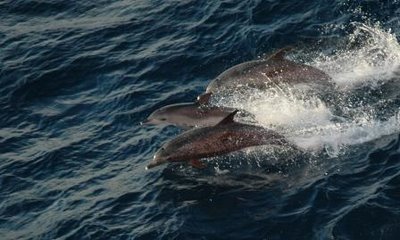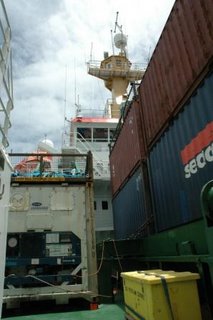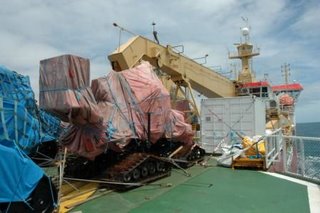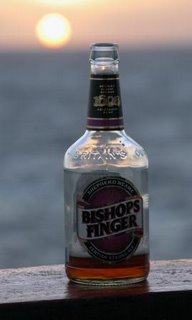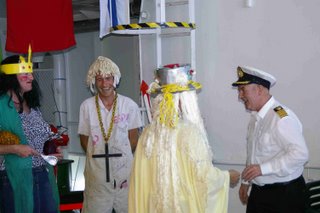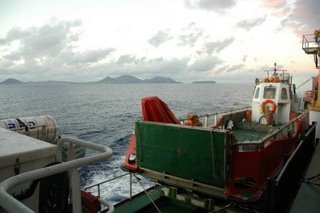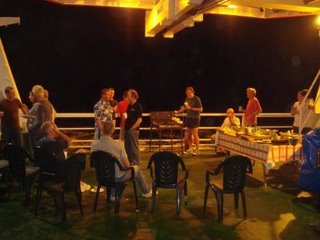A Run Ashore- Montevideo
After several weeks at sea, unable to walk further than 20 metres in any direction and given that since I was small looking at world maps I have always been fascinated by the name Montevideo, it has been good to get ashore. We arrived in Monte on the 23rd and within half an hour of clearing formalities, nearly the whole crew could be found in the Mercado del Puerto, known to the ship as the meat market. Essentially, innumerable stalls with large paradillas (grill-like barbecues) cooking the best steaks I have ever tasted and almost every other part of an animal, including my first sweetbreads (molleja).
Mercado Del Puerto (The Meat Market)
Mercado Del Puerto (The Meat Market)
I was fortunate to be invited along with a number of the crew to a dinner hosted by the Deputy Head of the British Embassy, a strange contrast to living in the informal environment of a ship. Montevideo is not a big city with a population of only around 2 million people and yet contains half the population of Uruguay. With a couple of days ashore, I had the opportunity to spend a night away in the old Portugese colonial town of Colonia (more information), west up the Rio Plato, a wide estuarine river, which forms the border with Argentina. Filled with old cars and vivid flowers- a sleepy alternative to the bustle of a South American city. I post the photo at the top as much to remind myself in the winter what other colours exist bar white.
Colonia


Montevideo itself, feels like it could be a faded Spanish city with dilapidated grand buildings, vibrant shops and Spanish signs everywhere; as my first visit to South America, it was not quite what I was expecting. The busy main square (Plaza Independencia) is dominated by a statue of General Artigas- the founding father of Uruguay- underneath which lies his mausoleum, eerie in its contrast to the bustle above ground.
Plaza Independencia
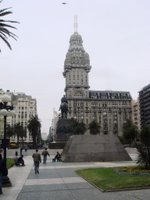
General Artigas's Mausoleum

The city is a traditional stop off for the BAS ships on its way south to take on fresh food, more FIDS and on this occasion a crew change. The ship is crewed by two separate crews of around 20 people, who each do four months on- four months off. The rest of those working at Halley join either here or at the Falkland Islands but given problems with flights, the majority are joining here for the months journey south. So from there being only six of us, the numbers will swell to forty and along with a new crew, will mean many new faces in a ship that was just beginning to feel like our own.
Sunset

From here the next stop south is Mare Harbour in the Falkland Islands, a mere five days away.




